Casting Shaft
LK Die Casting Machine / 2024-09-03 10:51:50
2024-09-03 by Cherry
The relationship between casting shaft and die-casting
machine: in-depth analysis
As efficient metal-forming equipment, the Die-casting
machines are pivotal in the manufacturing industry. It
can quickly inject molten metal into the mold under high
pressure to form parts of various complex shapes.

In this process, the casting shaft of the die-casting
machine plays a vital role.
The working principle of the die-casting machine is to
provide strong pressure through the hydraulic system to
solidify the molten metal in the mold. In this process,
the casting shaft of the die-casting machine needs to
withstand huge pressure and friction.
Therefore, its quality and performance directly affect
the working efficiency and product quality of the die-casting
machine.
The casting shaft is an indispensable core component in mechanical
manufacturing. Its main function is to carry and transmit
the rotational motion and power of mechanical equipment.
In modern industrial production, the die-casting machine, as
a piece of important metal-forming equipment plays a key role.
This article will explore the relationship between casting
shaft and die-casting machine in depth, analyze the synergy
between the two in the manufacturing process and its impact
on product quality.
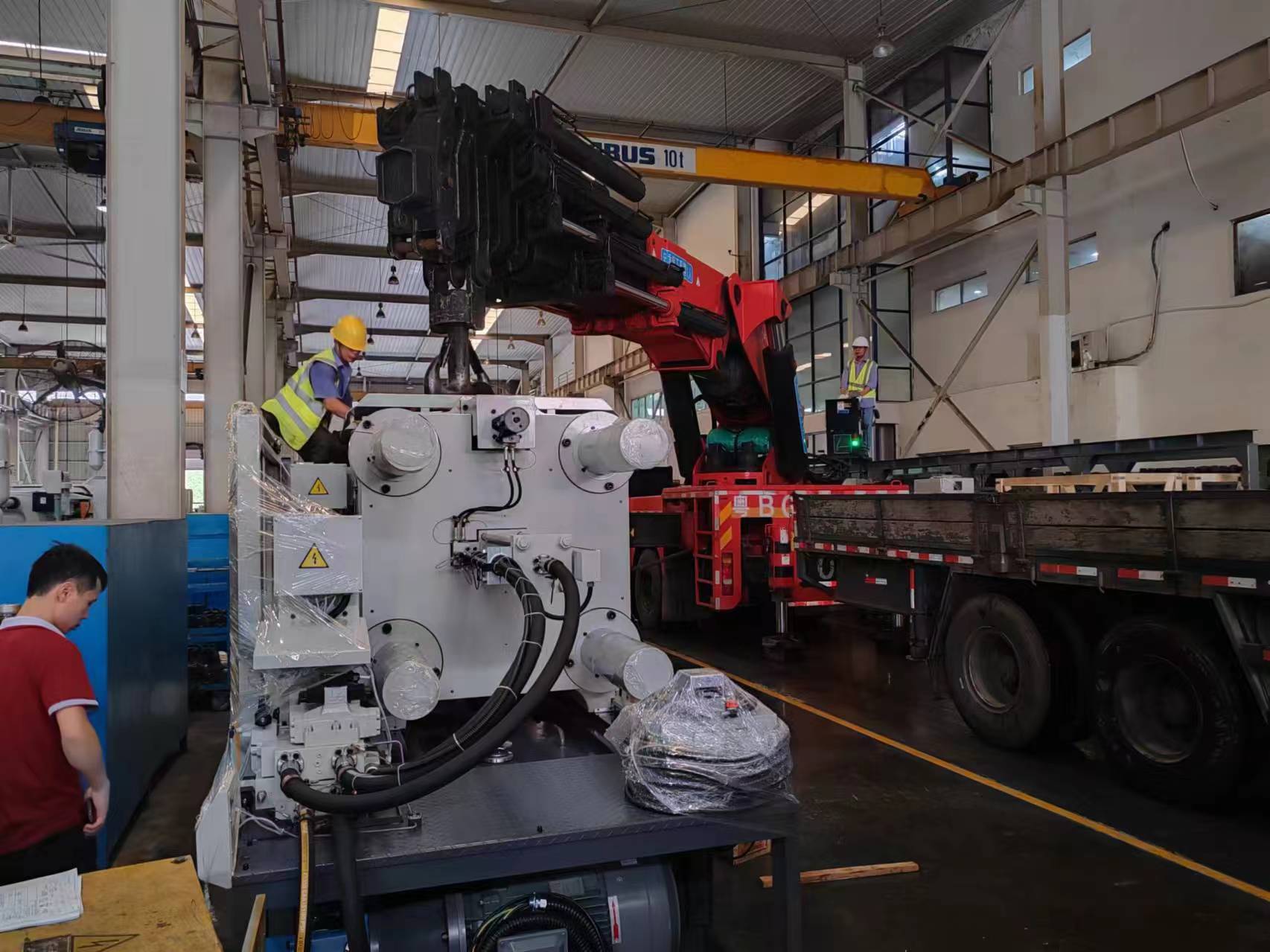
Basic overview of casting shaft
A casting shaft is a shaft part manufactured by the casting
process, which is usually used on occasions requiring high
strength and high wear resistance.
Due to its complex shape and strict performance requirements,
the production process of cast shafts is very particular,
including material selection, mold design, smelting
and pouring, and subsequent processing.
Cast shafts are widely used in automobiles, aerospace,
heavy machinery, and power generation equipment, and are
key components in these industries.
Characteristics of die-casting machine casting shafts
1. High strength
The die-casting machine casting shaft is usually made of
high-strength alloy materials, and after precision processing
and heat treatment, it has extremely high strength and hardness.
This enables it to maintain a stable working state while withstanding
huge pressure.
2. High precision
To ensure the working accuracy of the die-casting machine, the
die-casting machine casting shaft needs to have extremely high
precision. Its dimensional tolerance and form and position
tolerance must be controlled within a very small range to ensure
the motion accuracy and product quality of the die-casting machine.
3. Good wear resistance
Since the die-casting machine casting shaft needs to constantly
rub against other parts during operation, it must have good
wear resistance. Usually, special surface treatment technologies
such as quenching and nitriding are used to improve the surface
hardness and wear resistance of the shaft.
4. Good stability
During the working process, the die-casting machine casting
shaft needs to maintain a stable working state and deformation
and vibration is not allowed. Therefore, its structural design
must be reasonable and the material selection must be appropriate
to ensure its good stability.
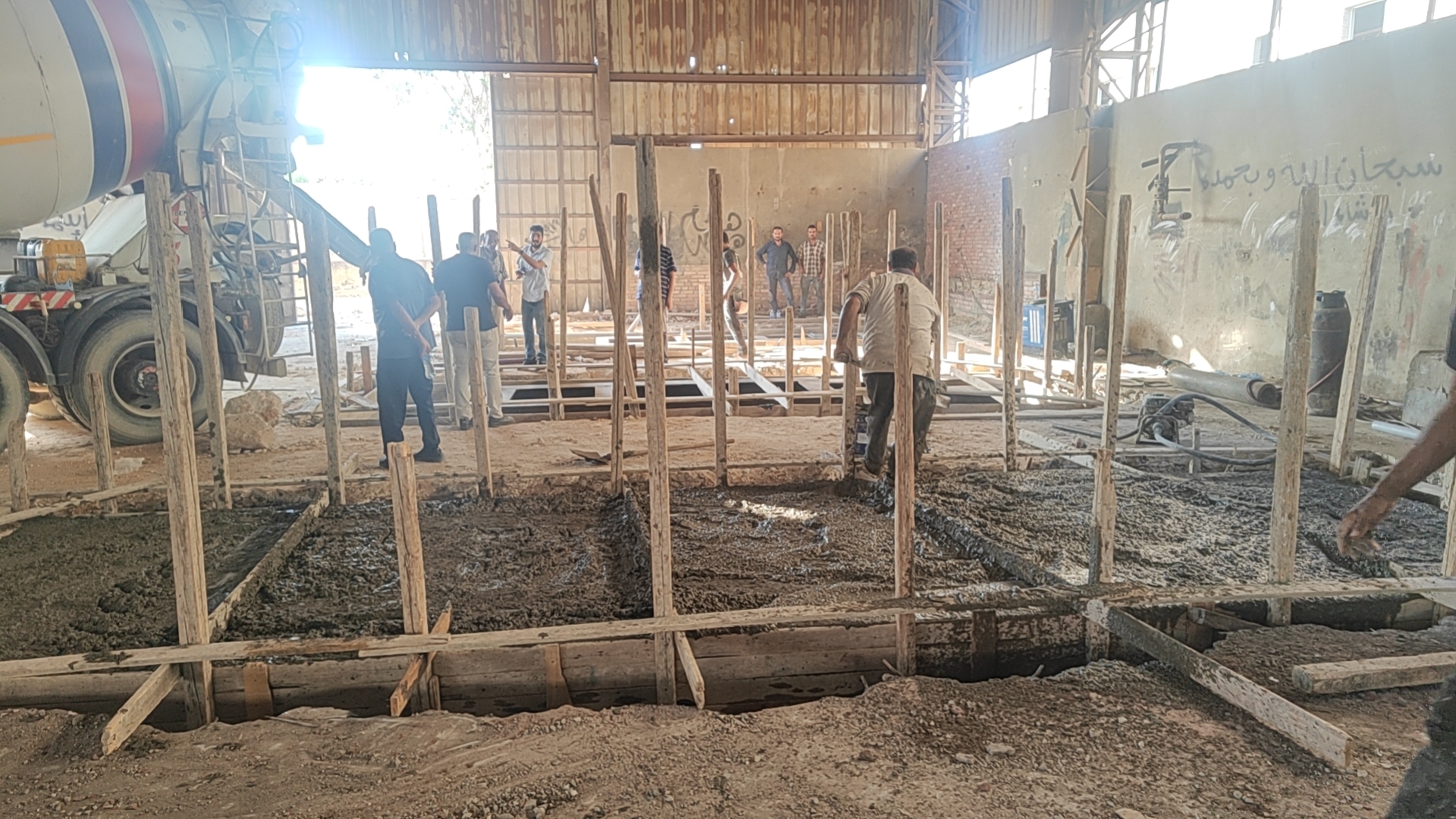
Manufacturing process of die-casting machine casting shaft
1. Material selection
Die-casting machine casting shafts usually use high-strength
alloy materials, such as alloy steel, stainless steel, etc.
These materials have good strength, hardness, wear resistance, and
corrosion resistance, and can meet the working requirements of
the die-casting machine.
2. Casting process
Die-casting machine casting shafts are generally manufactured using
precision casting technology. This process can produce parts with
complex shapes and high dimensional accuracy and can ensure the
uniformity and density of the material.
3. Processing technology
After casting, the die-casting machine casting shaft needs to be
precisely processed. Processing processes include turning, milling,
grinding, etc. These processing processes can ensure the dimensional
accuracy and surface quality of the shaft.
4. Heat treatment process
To improve the strength and hardness of the die-casting machine casting
shaft, heat treatment is required. Heat treatment processes include
quenching, tempering, nitriding, etc. These heat treatment processes
can change the organizational structure of the shaft and improve
its performance.
The basic principle and function of the die-casting machine
The die-casting machine is a device used to inject molten metal
into the mold at high speed and high pressure, mainly used to
produce high-precision, high-quality metal parts.
Compared with traditional gravity casting, the die-casting
process can significantly improve production efficiency, reduce
material waste, and achieve more complex geometries and finer
surface quality.
This gives the die-casting machine a significant advantage in
manufacturing small and medium-sized complex parts.
Application of die-casting machines in casting shaft manufacturing
In the production process of casting shafts, the application
of die-casting machines is mainly reflected in the following aspects:
1. Mold design and production
The high-pressure injection capability of the die-casting
machine enables the mold design to be more refined, which
is suitable for manufacturing casting shafts with complex
geometries.
The design of the mold should not only consider the shape of the
casting shaft but also ensure that the molten metal can smoothly
fill the mold cavity and avoid casting defects such as pores and cold shuts.
2. Efficient production process
The die-casting machine can complete the entire process
from metal melting to molding in a short time, which greatly
improves the production efficiency of cast shafts.
In mass production, the die-casting process can significantly
reduce production time and ensure product consistency and stability.
3. Improvement of material utilization
The die-casting machine greatly reduces material waste
by precisely controlling the flow and filling of molten metal
during the metal pouring process.
Especially when manufacturing cast shafts using precious materials,
the high material utilization of the die-casting process is
particularly important.
4. Improvement of surface quality
The die-casting process can effectively control the surface
quality of the casting, so that the cast shaft has a higher
surface finish after demolding, reducing the need for
subsequent processing.
This not only saves time and cost but also improves the appearance
quality of the cast shaft.
5. Guarantee of accuracy and consistency
The high-precision control system of the die-casting machine
can ensure that the dimensional accuracy and mechanical
properties of each cast shaft are consistent.
This is crucial for high-demand mechanical equipment, such as the
crankshaft or camshaft in a car engine, where any slight dimensional
deviation may lead to a decline in the performance of the entire
machine or even failure.
Application fields of die-casting machine casting shafts
Die-casting machine casting shafts are widely used in many
industries such as automobiles, aerospace, electronics, and
communications.
1. Application in the automotive industry In the automotive industry,
die-casting machines are widely used to cast engine crankshafts,
drive shafts, engine cylinders, and transmission housings.
These components require extremely high strength and wear
resistance, while also having lightweight characteristics.
The die-casting process not only meets these requirements but also
reduces the amount of material used and reduces production costs
through optimized mold design.
2. Application in the aerospace field In the aerospace industry,
cast shafts, aircraft engine blades, and turbine discs are
often subject to extreme environmental conditions,
such as high temperature, high pressure, and severe vibration.
Die-casting machines can produce high-performance cast
shafts that meet these harsh conditions, such as turbine shafts
for aircraft engines and rotating shafts for transmission systems.
3. Application in heavy machinery In heavy machinery and equipment,
cast shafts are often used to transmit large torques and withstand
high loads.
The application of die-casting machines enables these
shaft parts to achieve complex structural designs while maintaining
high strength, thereby improving the overall performance and reliability
of mechanical equipment.
4. Application in home appliances and electronic equipment
In-home appliances and electronic equipment, small precision
casting shafts are widely used in various motors, fans, and
transmission devices.
The die-casting process can produce small casting shafts with high
precision and excellent surface quality to meet the strict
requirements of this equipment.
In-depth analysis of the relationship between casting
shafts and die-casting machines
The manufacturing quality of casting shafts directly affects
the operating performance and service life of mechanical equipment,
and die-casting machines play a vital role in the production of
casting shafts.
Through die-casting machines, casting shafts can be mass-produced
while maintaining high precision and high strength.
This synergistic effect is particularly significant in modern
industrial production, especially in high-end manufacturing
industries, where the application of die-casting machines has
greatly promoted the technological progress of casting shafts.
1. Balance between quality and efficiency The application of die-casting
machines in the production of casting shafts have successfully achieved
a balance between production efficiency and product quality.
Through the die-casting process, the production speed can be
greatly increased while ensuring high quality to meet the needs
of large-scale production.
2. Optimization of materials and costs Die-casting machines can
effectively utilize metal materials, reduce waste, and reduce
production costs through optimized process flow. This has significant
economic benefits for cast shafts that require expensive materials
to manufacture.
3. The driving force of technological innovation With the continuous
development of die-casting technology, the design and manufacturing
process of cast shafts are also constantly innovating.
Modern die-casting machines have achieved higher precision,
more complex geometries, and finer surface treatments through
digital control systems, providing unlimited possibilities for
the future development of cast shafts.
Future Outlook: The Impact of Die-casting Machines on Cast
Shaft Production
With the continuous advancement of industrial technology,
the application of die-casting machines in the production
of cast shafts will be more extensive and in-depth.
The following are some prospects for the relationship between
cast shafts and die-casting machines in the future:
1. Application of intelligent manufacturing In the future, with
the development of intelligent manufacturing technology, die-casting
machines will integrate more automation and intelligent functions,
such as adaptive control, online detection, and real-time feedback.
This will make the production of cast shafts more efficient and precise,
and further, improve the consistency and reliability of products.
2. Application of new materials With the continuous development
of new materials, die-casting machines will apply more advanced
materials, such as composite materials and high-performance alloys,
in the production of cast shafts. This will enable cast shafts
to achieve a more lightweight and multifunctional design while
maintaining high strength and durability.
3. Trend of green manufacturing Environmental protection and
sustainable development are important trend in the future
manufacturing industry.
The application of die-casting machines will pay more attention
to reduce energy consumption, reducing emissions, and improving
material utilization to achieve green manufacturing.
This will make the production process of cast shafts more
environmentally friendly and in line with the goal
of global sustainable development.
Summary
The relationship between cast shafts and die-casting machines
is inseparable. The two complement each other in modern
industrial production. As a key component in the die-casting
process, the die-casting machine cast shaft has an important
position and role.
Its quality and performance directly affect the working
efficiency and product quality of the die-casting
machine.
The two jointly promote the development of mechanical
manufacturing technology. The die-casting machine provides
strong support for the manufacture of cast shafts through its
high efficiency, precision, and economy, and the cast shaft
is a key component, further promoting the innovation and application
of die-casting technology.
With the continuous advancement of technology, the synergy
between casting shafts and die-casting machines will have greater
potential in the future, providing higher-quality products and
more efficient production solutions for all walks of life.
With the continuous advancement of science and technology, die-casting
machine casting shafts are also constantly developing and innovating.
In the future, die-casting machine casting shafts will develop towards
higher strength, higher precision, better wear resistance, and better
stability.
At the same time, with the continuous improvement of environmental
awareness, the manufacturing process of die-casting machine casting
shafts will also pay more attention to environmental protection and
energy saving.
For more info, you can refer to:
https://www.tiktok.com/@lk_diecastingmachine/video/7405113006880820522
https://www.youtube.com/shorts/JLX410QV_kw
To learn further info about Die Casting Machines,
pls contact LK Die Casting Machine Authorized Official Agent
LK OFFICIAL AGENT OFFICE DCM
LK Die Casting Machine Authorized Official Agent for Egypt(EGY)
Saudi Arabia(ksa)
United Arab Emirates(UAE)
The Islamic Republic of Iran(Iran)
Qatar(QAT)
The State of Kuwait(Kuwait)
The Middle East
Address: 1. Industry Zone, South of Port Said Kebly, Cairo, Egypt
2. EX 14., EASTERN RING ROAD, AI RAYAN DISTRICT,
RIYADH, SAUDI ARABIA
Arabic Website: https://ae.zazdiecasting.com/
English Website: https://www.zazdiecasting.com/
Phone/WhatsApp/Wechat: 0086 13598704163
Mobile: +20 101 304 3317 +20 150 181 8310
Email: jack@zazmae.com ahmedmahmoud@zazmae.com
OTHER CONTENT
-
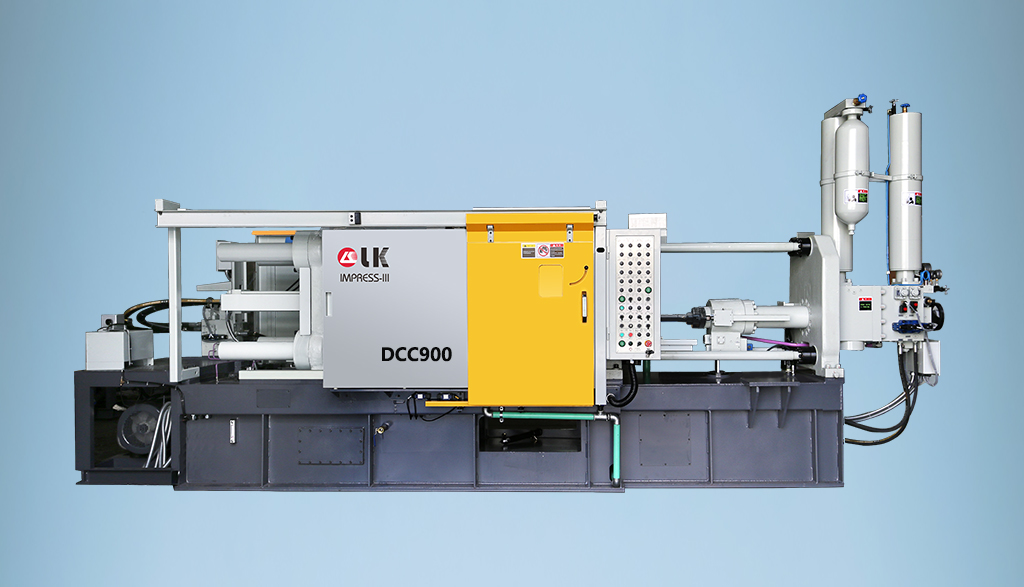
2024-09-19 14:16:15 LK Cold Chamber Die Casting Machine DCC900 Locking Force: 9000KN Die Height: 400-1000mm Space Between Tie Bars: 930x930mm Shot Weight: 13.5Kg Casting Area Max:2250c㎡
More -
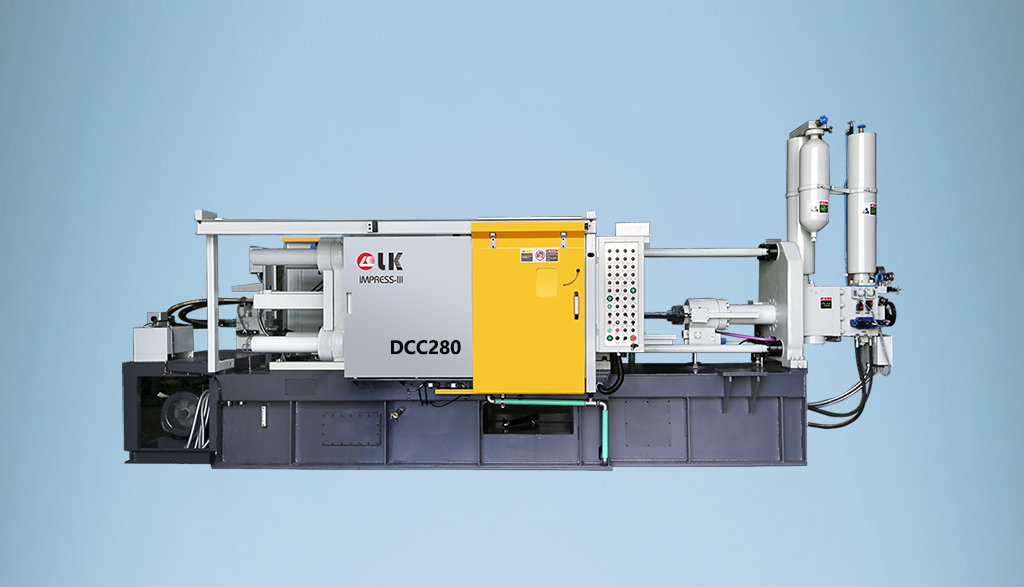
2024-09-19 14:11:06 LK Cold Chamber Die Casting Machine DCC280 Locking Force: 2800KN Die Height: 250-650mm Space Between Tie Bars: 560x560mm Shot Weight: 2.9Kg Casting Area Max:700c㎡
More -
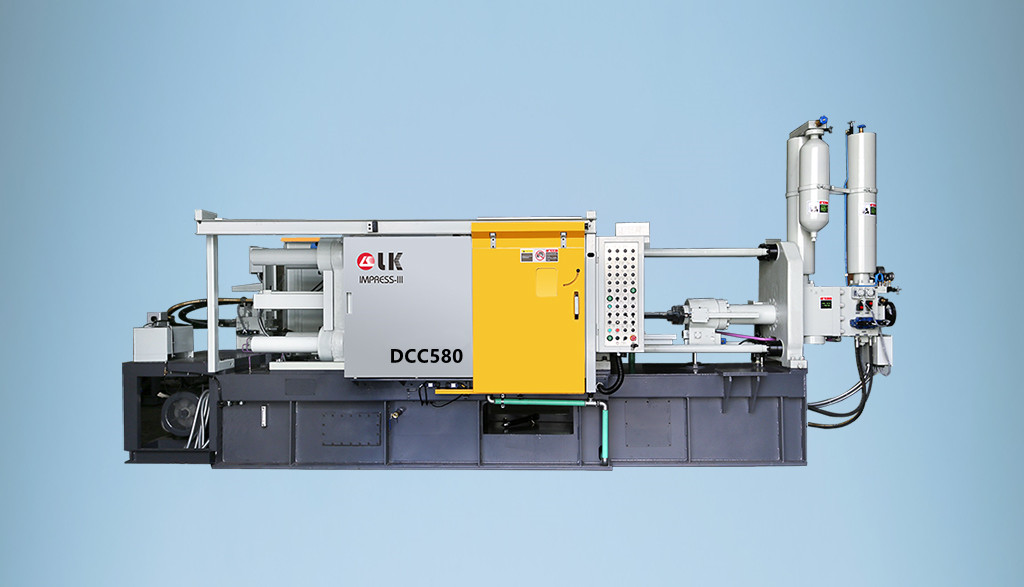
2024-09-19 10:23:07 LK Cold Chamber Die Casting Machine DCC580 Locking Force: 5000KN Die Heigh: 350-850mm Space Between Tie Bars: 760x760mm Shot Weight: 6.9Kg Casting Area Max:1250c㎡
More -
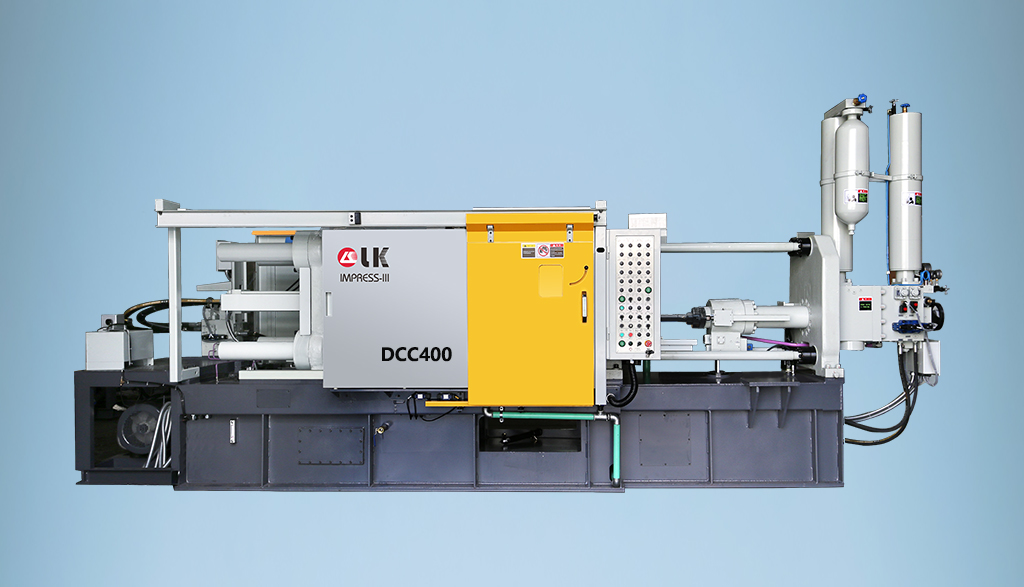
2024-09-19 10:11:20 LK Cold Chamber Die Casting Machine DCC400 Locking Force: 4000KN Die Height: 300-700mm Space Between Tie Bars: 669x669mm Shot Weight: 4.7Kg Casting Area Max:1000c㎡
More

